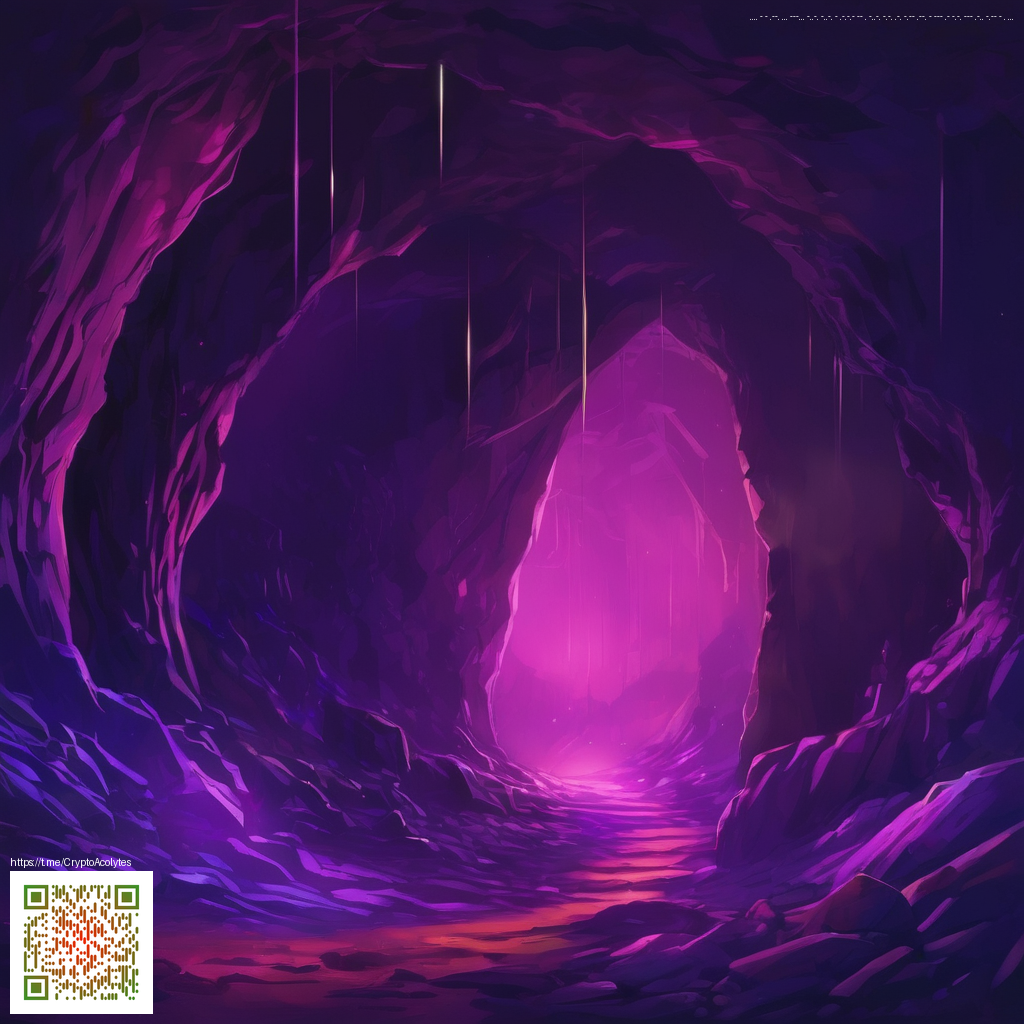
What Keeps a Classic Alive in a Modern Survival Landscape
Survival gaming thrives on risk, improvisation, and the thrill of turning a handful of resources into a thriving fortress. The title at the center of this discussion remains a magnet for players who relish planning, adaptation, and community-driven play. Its enduring appeal rests on a bright mix of hands on crafting, meat and bone combat against relentless foes, and the satisfaction of watching a base morph from a fragile outpost into a functioning metropolis within a harsh, dynamic world.
At its core, the game drops players into a voxel universe where every trip to a ruined town is a test of clever inventory management, stealth, and timing. The moment a player learns to time a horde night and defend a weak point in a wall he has reinforced earns a rush that critics of the genre often chase for hours. The loot loop remains satisfying, with weapon variety, specialized tools, and practical gear that reward exploration and smart risk taking. Even as other games push cinematic spectacle, this title leans into tactile, hands on survival that rewards patience and planning.
Gameplay analysis that resonates with veterans and newcomers alike
What keeps veteran players engaged is the cadence of build upgrade cycles paired with meaningful scarcity. Every raid on a safe house, every trap you field, and every agricultural patch you cultivate feeds into a personal narrative of resilience. Resource management is not a mere checklist but a sandbox where players test different base layouts, power solutions, and defense strategies against escalating threats. The skill tree system rewards specialization, letting builders, scouts, or defenders tailor their playstyle without sacrificing the sense of shared purpose that a co op session fosters.
Base defense remains a standout pillar. The balance between aesthetic fortification and practical defense tools forces players to think like engineers as much as adventurers. The game challenges you to adapt when a generator fails, a trench collapses, or a horde breaches a previously reliable choke point. Those moments of troubleshooting under pressure are what keep the loop fresh, particularly when communities share blueprints and layout ideas that spark new designs on every server map.
Community insights: co op culture, servers, and collaboration
The community surrounding this title thrives on collaboration. Friends team up to tackle sprawling bases, each person contributing a unique skill—from resource gathering and melee prowess to architectural flair. Streaming and video guides remain a crucial lifeline for chaos tolerant newcomers, and the best run-throughs often double as mini tutorials on siege tactics and efficient farming. Community servers continually experiment with rules, loot spawns, and day seven templates, providing a living laboratory for how survival play can unfold under different constraints.
Modding culture, while not as centralized as some other ecosystems, remains a powerful force. Modders push the boundaries with new weapons packs, UI tweaks, alternative art directions, and altered progression curves. The result is a more personalized survival world where players can chase a harder challenge, a more forgiving grind, or a totally fresh aesthetic. These community driven enhancements reinforce the sense that survival gaming is as much about shared creativity as it is about solitary perseverance.
Update cadence and developer insights
Regular updates keep the game feeling current without sacrificing its identity. The development team tends to roll out major additions alongside frequent fixes that address balance, performance, and accessibility. Players often see new zombies variants, resource types, and environmental changes that refresh exploration incentives and encourage experimentation with different base layouts. The ongoing dialogue between developers and players helps steer quality of life improvements, balancing changes, and new content that fits the title’s core survival loop.
From a developer standpoint, the priority is preserving the tactile, hands on feel that defines survival play while weaving in modern conveniences that reduce friction. That means clear progression paths, meaningful crafting choices, and a world that feels coherent—where the consequences of your choices echo in every raid, every rebuild, and every trade with a wandering trader. The result is a product that continues to teach the player to improvise while inviting new recruits to discover its pocketed complexities.
Modding and long term vitality
Modding remains a cornerstone of its longevity. A robust modding community expands content beyond the vanilla experience, introducing variations in difficulty, new biomes, and alternate combat pacing. The best mods often become semi canonical, changing the way players approach base design, resource management, and even the pacing of the day seven events. While mods can complicate compatibility after updates, they also demonstrate the heartbeat of survival gaming as a collaborative culture—where players, designers, and moderators co create experiences that transcend a single release window.
In short, the title continues to matter because its gameplay remains fresh, its community remains engaged, and its development ethos prioritizes practical, player driven growth. The juxtaposition of tight, emergent combat with sprawling base building yields a tempo that few survival titles can match, and the ongoing commitment to improvement ensures this world remains relevant for both veterans and curious newcomers alike.
Want to support independent gaming content and a decentralized approach to online communities? Your contribution helps sustain voices prioritizing authentic, player centered experiences. Consider a donation via the link below to back a decentralized internet that champions openness and community led creativity.
Support the Decentralized Internet